This is a guest post by Shakira Duarte who you can find on Flickr!
Photographing water drops is a hugely popular area of photography that we have covered before with the incredible photos of Steve Wall. Here, Shakira Duarte takes us through the steps needed to get your own stunning water drop photos.
MATERIALS
- Camera, this is pretty obvious, but what you need is a camera that has manual functions. You have to set shutter speed, so if you use the automatic mode you're not sure of getting the results that you want.
- Tripod, or any firm surface.
- A dish, bucket or any recipient.
- Remote flash, it isn't completely necessary, BUT highly recommended. You can also use the built in flash.
- Remote control, if you don´t use it you probably move the camera a little bit, although it is on the tripod.
- Plastic bag, to hold the water (or other liquid if you prefer) that will drop.
- A colored background, it could be a cardboard, paper or anything that reflects color.
- Lots of patience!!
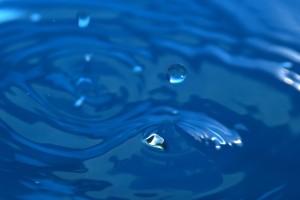
PREPARING THE EQUIPMENT
First of all, you need a table or a surface to put the bucket. And remember, the camera has to be in front of the bucket, at the same height or a little bit higher.
Place the cardboard or paper at the back of the bucket. If you create a uniform background, it's easier to reflect the flash light.
Now the flash, it has to be at one side of where the drop will drop (either right or left are ok, or you can try both), and facing the background. This is what will make a nice reflection on the water, depending on the color of the background.
Now you need a place for the plastic bag over the bucket. You can put it in a sheld, stick it in the wall, or you can put it anywhere actually. What we are going to do is make a whole in the bag (not yet) so the drop fall always in the same place and we don´t need to worry about focus in every photo.
Make sure that the bag doesn't fall while you are photographing, it could splash a lot of water and your camera can get wet.
Well, now you can place your camera on the tripod, and conect the remote control.
CAMERA SETTINGS
First, set the camera to manual focus. Then put a pencil or any object in the place that the drops are falling, so you make sure you have a point of focus.
The main setting is the shutter speed, it has to be fast enought to freeze movement. You can use something like 1/160 or faster.
The aperture depends on the shutter speed, so you have to try with diferent values. And depending on the apertue, the depth of field will change.
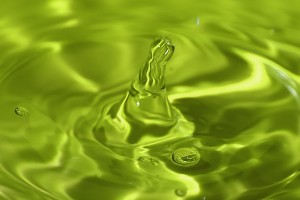
TAKING THE PHOTOS
Now make a little whole in the plastic bag so the drops fall. And if you want the flow to be faster, what you have to do is make the whole bigger. Remember to fill the bag with water first!
You have to shoot at the same moment that the drop falls, you can check on the camera screen that your shots are good. After many photos you will have a few good results.
You can try with different liquids like milk or coffee. And with different colors to get really cool results!!
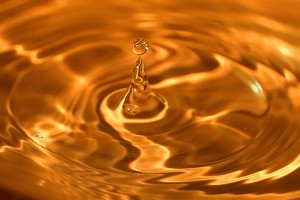
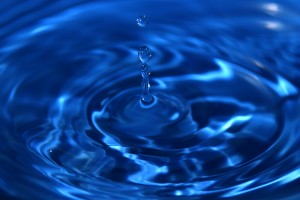
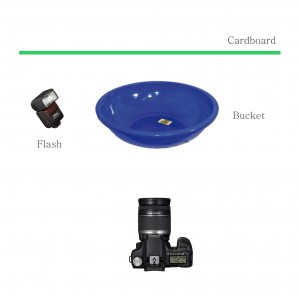

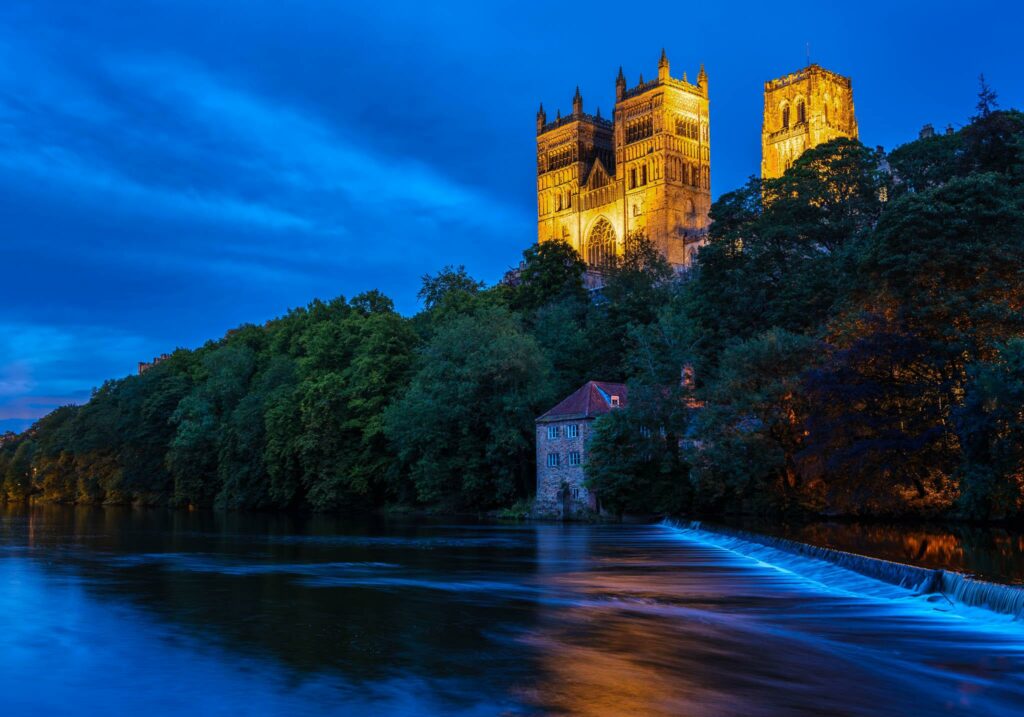
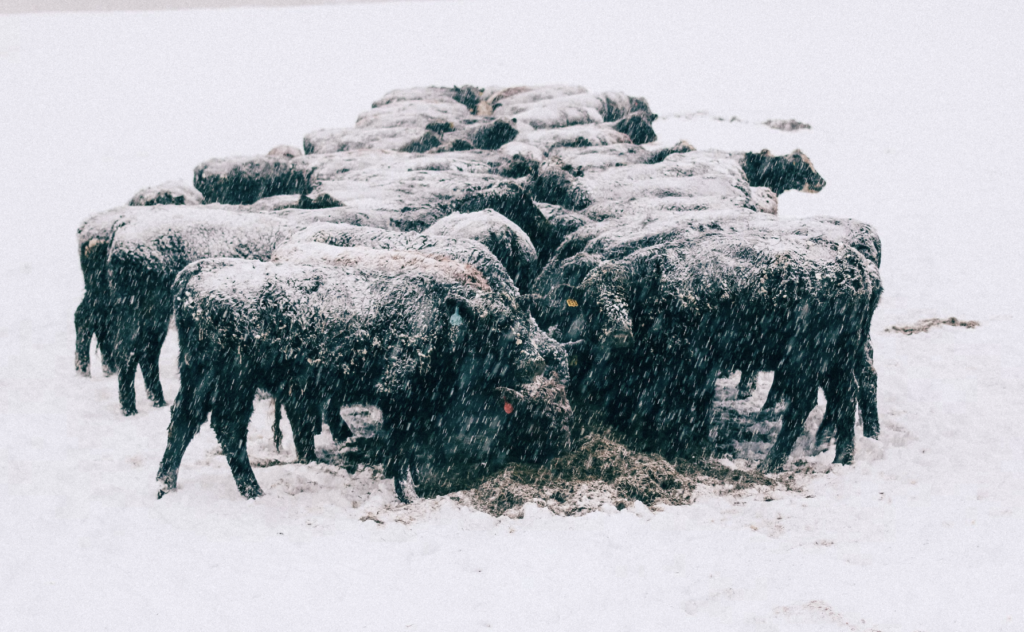
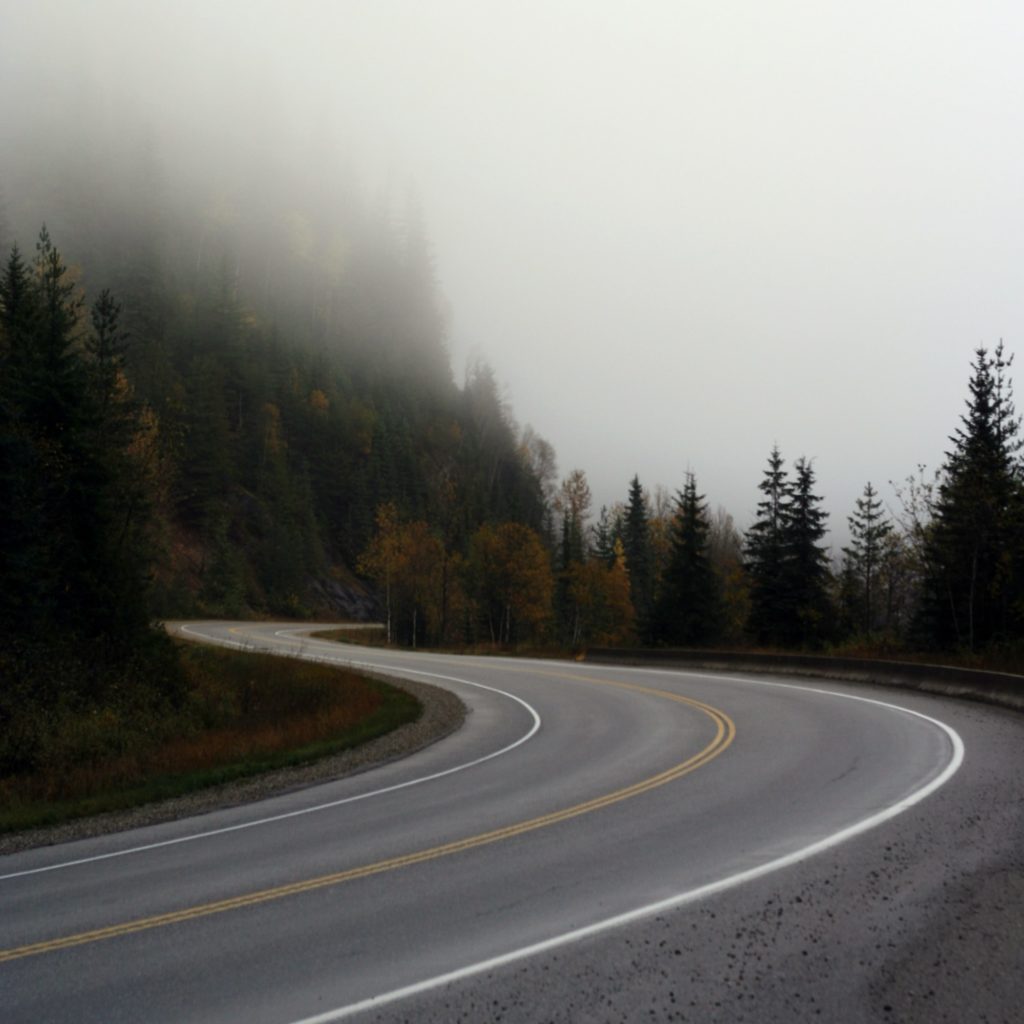
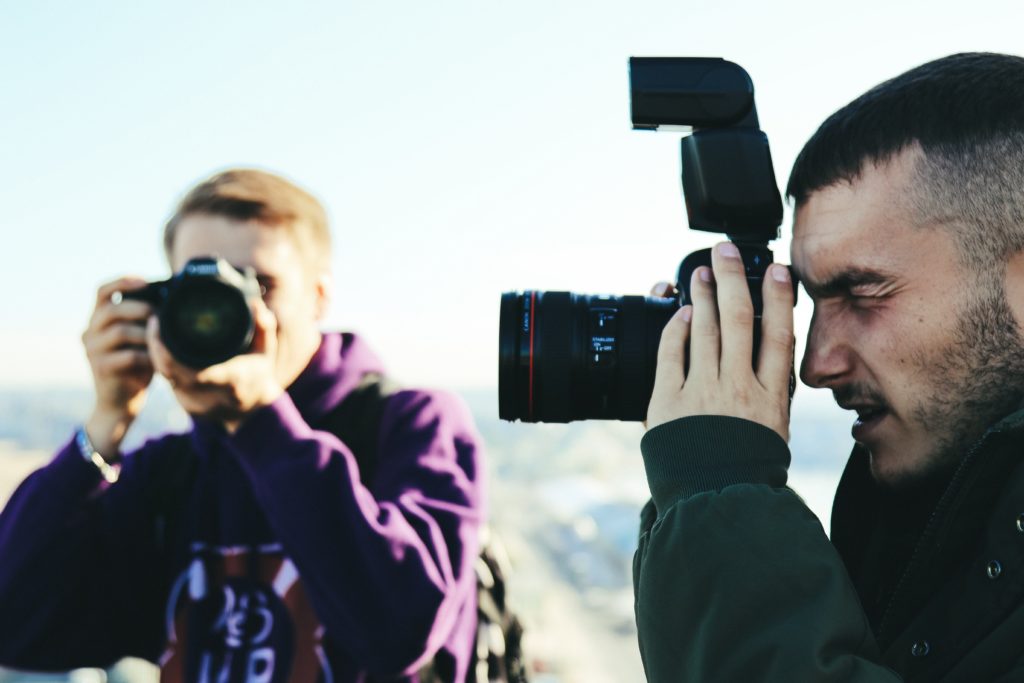
28 Comments
I’ve always wanted to do this.
I tried doing that not too long ago and here is a link to my favorite.
You can get a pretty cool Blue effect from changing your white balance to Tungeston(bonus for shooting Raw).https://ih3.redbubble.net/work.4868826.8.flat,550×550,075,f.water-study.jpg
Let’s see if this works this time.
[url=https://www.flickr.com/photos/drecart/4456596813/]https://farm5.static.flickr.com/4072/4456596813_248967b343_m.jpg[/url]
Hope i could do this too. thanks 🙂
Experimenting with different colours can be fun! Here’s an example of dropping coloured milk into a bowl of white milk:
https://martybugs.net/gallery/photos/IMG_A07253_600.jpg
Great article. I’ve always wanted to try that technique. With these specifics, maybe I’ll give it a whirl!
Nice post, this is a great technique to try, the first time I did I found that it was really crucial to get that shutter speed up. Nice examples too.
what mm are most of you guys at on these shots?
Great How to by Shakira Duarte.
Photographing water drops is . Nice tip on the WB drec, also great image w/ droplet separated.
Great How to by Shakira Duarte.
Nice tip on the WB drec, also great image w/ droplet separated.
I was diligently trying to capture a water drop from our bathroom faucet. Here’s the result of the unexpected …https://www.flickr.com/photos/lakemartinclicker/5125262714. At first, I tried to remove the unexpected visitor, then decided to just keep on shooting, so glad I did!
Great article. I’ve always wanted to try that technique. With these specifics, maybe I’ll give it a whirl!
PS: Nice shot, go2reassistant!
Wow amazing details! I never got that many out of moving water..
It’s been a while since I tried this – one thing I remember with the flash is that when I set it to rear sync it stopped the water a little easier.
When I did this several months ago I found that setting the flash to rear sync seemed to freeze the water a little better. ANyone else have success trying that?
Here are the results of my try…
https://www.flickr.com/photos/40039658@N00/4690762070/sizes/l/in/set-72157624251291026/
https://www.flickr.com/photos/40039658@N00/4690125313/in/set-72157624251291026/
One of the best tutorials from your blog, thanks a lot!
I’ll try to do it this week! ^^
Believe it or not this was my very first try at this. I was thrilled.
[https://www.flickr.com/photos/trvlnmn/5659727493/in/photostream]
My first try
Well I am doing some thing wrong on the upload. I am easily baffled. I’ll try again
Here is another of my successes
So maybe it will work this time. Tnks
thanks for the tips mate!
Great article, yet found a slight misspelling:
TAKING THE PHOTOS
Now make a little “hole” in the plastic bag so the drops fall. And if you want the flow to be faster, what you have to do is make the “hole” bigger. (Ensure the holes a whole hole.)
A Cheap simple way is to use a screw top sause bottle. That way you can adjust the flow.
If you want to see some amazing water drop photos, check out Irving Olson on Facebook or his website irvingolson.com. He is 101 years young and still has me trying to keep up!